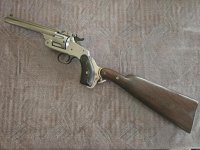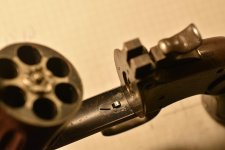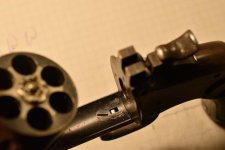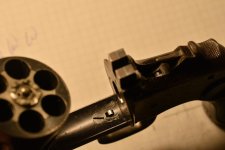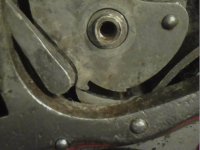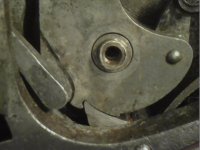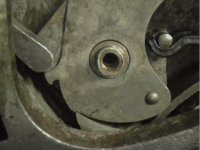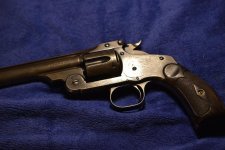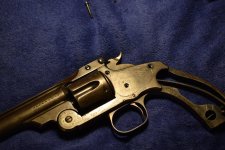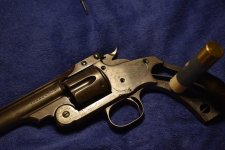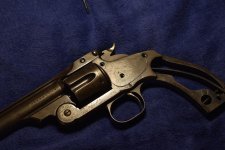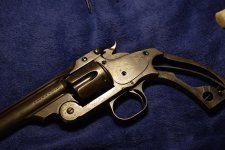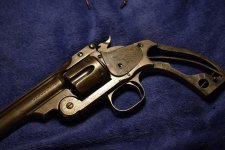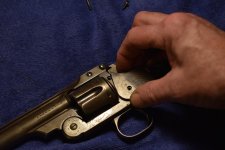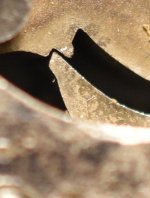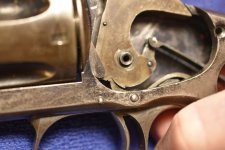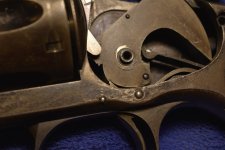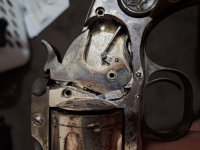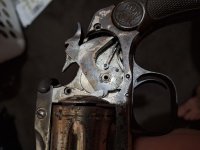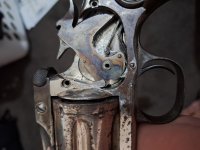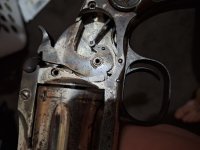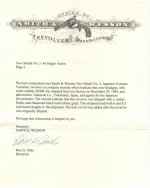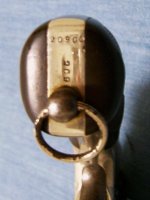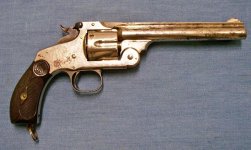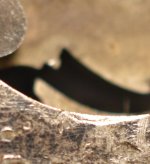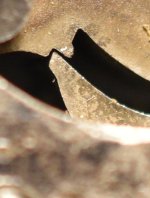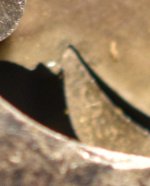Masterpiece
Member
So in summary it most likely shipped to japan in 1887 with a Buttstock Attatchment, where they then added a lanyard swivel and restamped the SN# sideways on the butt?
Cronus73,
For the most part your above quote is somewhat correct...Only thing is it may or may not have been shipped with a Shoulder Stock given most of the NM#3's shipped to Japan were pulled from Existing Inventory to fill orders for Japan...What I'm hoping for is the Letter notes it "Could" have had a Shoulder Stock added if the need arose!!
You also have to remember what I posted earlier concerning it having what I believe is the Orig. Nickel Finish...All but 4 of the Nickel NM#3 Revolvers I researched in the past that were supposedly in those two large shipments in 1887 have now been confirmed when "Lettered" as being in the Dec.29th,1894 shipment I noted previously!!
And in case you're wondering...The other 4 Nickel NM#3's I noted earlier have never been confirmed being I was unable to get the full info on them before being able to get a Confirmed Ship Date!!
I'm also very glad to hear you plan on requesting a Factory Letter for Your Revolver as I'm really hoping the Letter will come back making note the Revolver shipped as the Frame being machined for attaching a Shoulder Stock!! For now I wish you the best of luck & Guess we'll see how all this turns out in time!!

